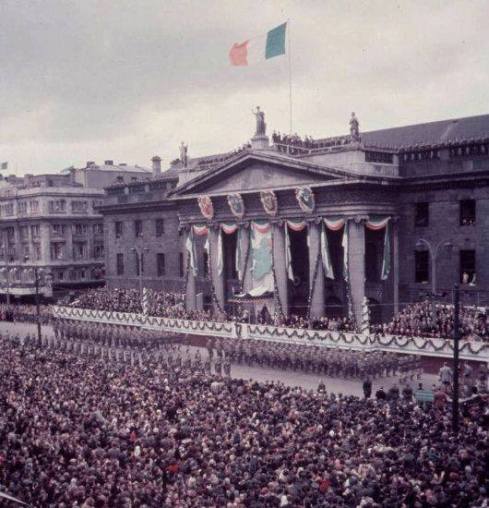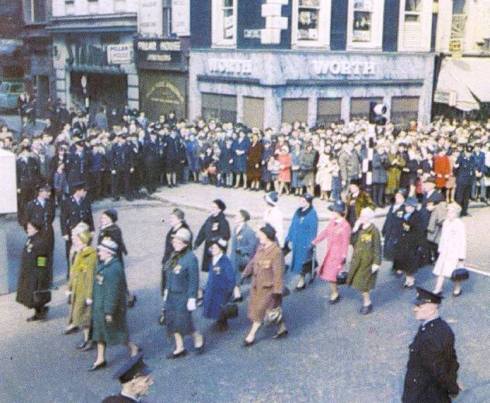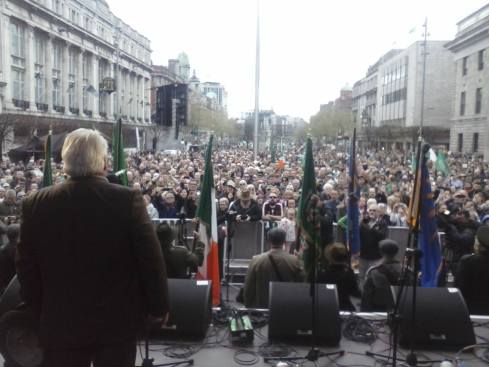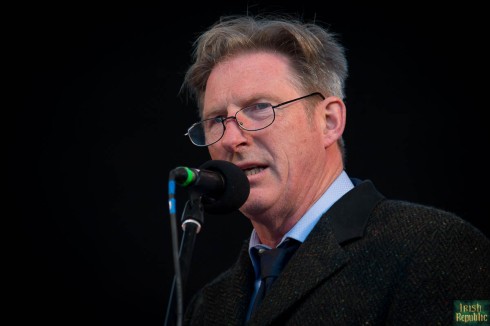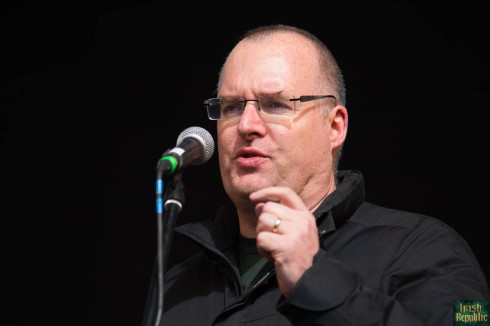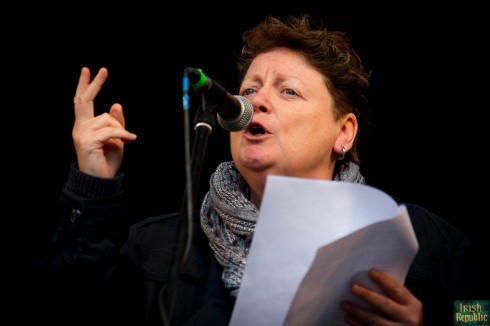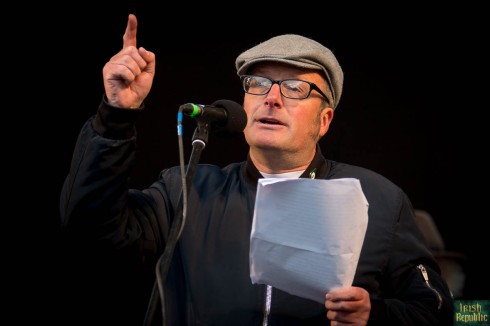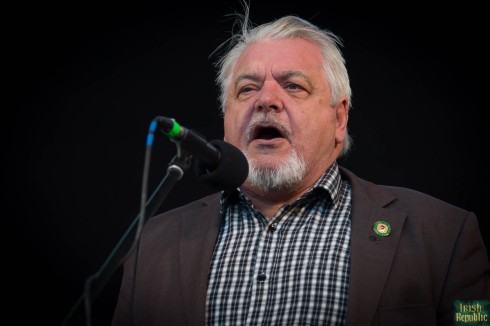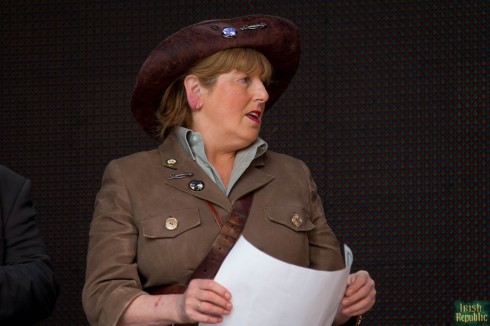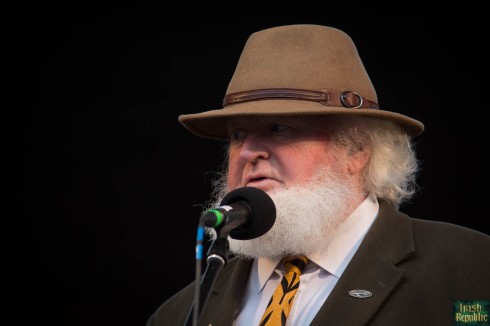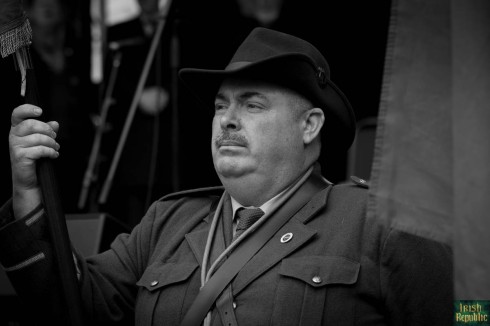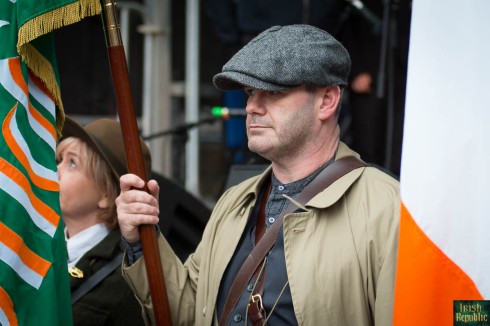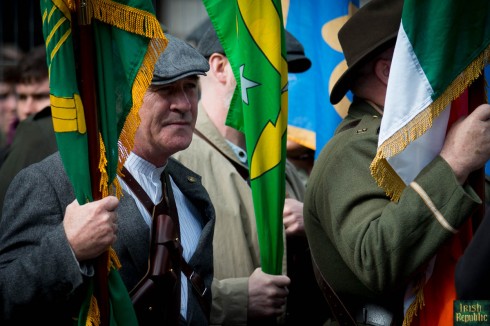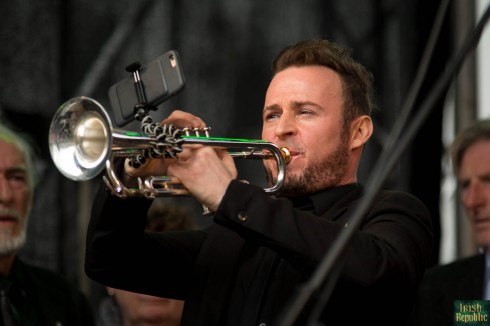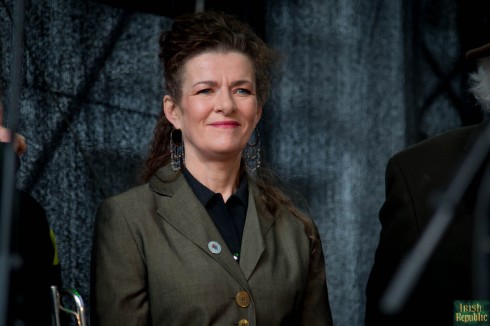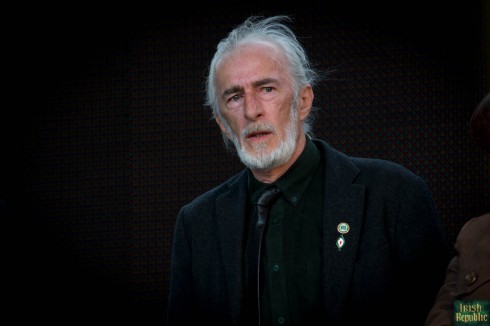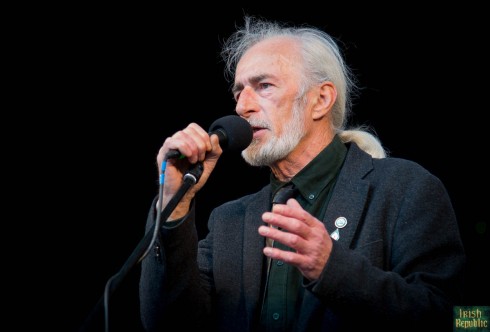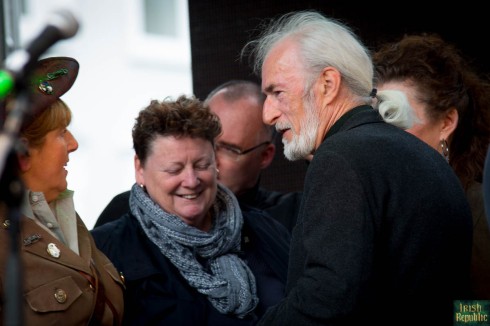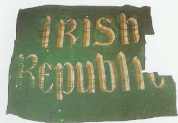There are dates in every nation’s calendar that demand remembrance. When those dates fall on the centenary of a significant event then that demand for remembrance is greatly magnified. A remembrance ceremony marking the centenary of a significant event then becomes an event in itself and enters the collective memory. There is one opportunity on the centenary of a significant event to get it right, or to get it wrong, to honour the participants in that original event, or to dishonour their deeds and by implication the participants themselves, either by distorting the narrative, the manner of its representation, or by grievous omission.
It is the last of these, omission, that was particularly startling in what was billed as the National Commemoration of the 1913 Lockout on the 31st of August 2013, the centenary of Bloody Sunday on which date the Dublin Metropolitan Police attacked and battered protesting strikers in the main street of Dublin, injuring between 400 and 600 and killing two men, James Nolan and John Byrne.
The National Commemoration was attended by the President, Michael D. Higgins. The President arrived, listened to and watched various performances, laid a wreath at the Larkin statue, led a minute’s silence in memory of those who died and those who suffered during the Lockout, took refreshments in the GPO with other dignitaries, returned to his seat to enjoy other performances, and then departed. Nothing strange about what the President did, but it is what he didn’t do that is strange. The President didn’t speak to the people on the subject of the Lockout during the course of the National Commemoration.
President Higgins has not shown himself in the past to be afraid to address issues that may be contentious. He is a skilled and adept public speaker, well aware of the limitations that his office places on him in terms of straying into the party political arena or on matters of government policy. He has spoken on the Lockout previously. There is no doubt that he has a deep interest in the historical event itself and its use in evaluating the present and projecting into the future. Sharing his analysis and his ideas with the public is, perhaps, what he does best. He is not known to be reticent about using the public platform to stimulate discussion – the opposite is, thankfully, the case, and the public seem to approve of that aspect of his presidency.
And so, the question is why? Why did the President, whose words are listened to and valued by and who enjoys the trust and respect of a significant majority of the people, do the unexpected and remain silent on the subject of the 1913 Lockout on such an auspicious occasion as the National Commemoration of the centenary of that event when the reasonable expectation was, as usual, that he would speak to those present and, via the media, to the nation?
Perhaps there is a simple answer. The President may have been unable to deliver a speech through being indisposed in some relevant way. He may, as one observer suggested, have not wished to take from the community element of performances, but that seems unlikely since there were also professional actors and musical performers taking part at other times in the programme. Perhaps there are other simple answers to the question, but they don’t come to mind easily.
Also present at the commemorations were Fine Gael Minister Jimmy Deenihan, Labour Party leader and Tánaiste Eamon Gilmore and his party colleagues Pat Rabbitte and Ruairi Quinn, the latter under increasing fire for his extraordinary and arbitrary decision to remove history as a compulsory subject in secondary schools, without any public discussion. Could a less simple answer be related to their presence? Could it be that their involvement in the neo-liberal austerity agenda which must have formed part of any serious speech on the subject of the 1913 Lockout and the conditions today of workers, the unemployed, the emigrated, the sick, the homeless and the dispossessed, the under-educated and under-resourced children, and the poor in general, might have consequently led to public embarrassment, and perhaps spontaneous protest against their unrelenting support for failed, deeply damaging government policies?
It is unusual to find four government ministers at an event such as this and to note the absence of even one attempt to take the microphone and to speak on the historical event and the main personalities involved, even if that, as sometimes happens, is no more than empty rhetoric and oily words. Extraordinary, really.
There too were the principal organisers of the event, leading members of the Irish Congress of Trade Unions and affiliated trade unions. A proper analysis of the Lockout and its relevance to today’s issues, the importance and role of trade unions, and their performance over the intervening century particularly since the inception of Social Partnership in 1987 – the sort of issues that the President could normally be expected to touch on – might have proven uncomfortable too.
Any honest critique of the effects of the social partnership model could hardly avoid addressing in some way issues such as the fall-off in density of union membership in the workforce from 54% in 1987 – the start of social partnership – to 20% in 2007 – the end of the ‘boom’, and the fall-off in membership among young workers, part-timers and the lower skills with a higher concentration today of members in the professional and technical grades – mirroring the change in demographics among Labour Party voters. Trade unions, like the Labour Party, have lost much of their traditional base, to the detriment of vulnerable workers in the case of the unions, and the disenfranchisement of the working class in the case of Labour.
There are those who would also criticise the social partnership model for the political dangers that it can impose. One notorious and similar previous model is that contrived by Benito Mussolini around 1930, which brought trade unions and corporate interests together to work with government – as one of the pillars of Italian Fascism.
It may seem extreme to mention fascism in the context of the Irish trade unions, and that linkage is not the intention, rather the dangers of social partnership in which the driving force may be a government of questionable ethics. While Bertie Ahern enjoyed much popularity particularly during the property bubble, the spectacle of him being applauded to the stage at the ICTU Biennial Conference in Bundoran in 2007 (when there were many indicators that the economy was tanking), where he delivered his infamous remark that he did not know how people who moaned about the economy did not ‘commit suicide’. He was then applauded back down from the stage and out of the conference centre. Some could think that that was a ‘Berlusconi moment’. It was certainly unfortunate.
James Connolly would have ‘got’ that moment, just as he would have ‘got’ social partnership. What did he write in the Irish Worker, two months into the Lockout? “It is war, war to the end, against all the unholy crew who, with the cant of democracy on their lying lips, are forever crucifying the Christ of labour between the two thieves of Land and Capital”.
It is no longer ‘war, war’ between the two rightfully antagonistic forces of labour and capital, but ‘jaw,jaw’, or at least since the disintegration of social partnership, no sign of a return to ‘war, war’ – the strategy that many living in straitened conditions might prefer the trade unions to opt for, and who have often vocally expressed their wish for that change. Where, for instance, is the ‘war, war’ on Zero Hours Contracts, criticised by Minister of State Alex White of the Labour Party thus – “We have a new “precariat” in some sectors of the labour force, with people working on zero-hours contracts, short-term contracts, or for free on unpaid internships. These trends can undermine rights earned by past workers, and the relevant statutory protections may require strengthening, or at least review. Zero-hours contracts shape a life of uncertainty for people where their ability to budget for the future or manage a stable family life is particularly difficult.”?
Again, we might have expected that a dynamic trade union leadership might have nominated their best and most inspiring speaker to seize on the opportunities that the centenary of the Lockout offered to advance the cause of labour. But no, an opportunity rejected, it seems. Why?
‘Tis passing strange’ too, as the man himself might put it, how James Connolly got ne’er a proper mention at the National Commemoration other than in the rendition of the Ballad of James Larkin sung by Jimmy Kelly. Hardly likely that the President would have made that omission, had he spoken, which omission is of itself an insult to Connolly whose role in the Lockout was immense. It is, of course, correct to highlight James Larkin’s enormous role in the Lockout, but extremely churlish to downplay Connolly’s powers and sacrifices in that endeavour. It was not a one-man show. That churlishness brings to mind the Irish Labour Party’s inability or unwillingness to properly celebrate the role that Connolly played in founding that party on its centenary in 2012, or to champion his eloquent and visionary social philosophy which is the envy of others around the world other than in brief references that had a distinctly weasely feel to them.
Like that other National Commemoration forced on a recalcitrant State, the annual 1916 commemoration, this one too seemed smothered by the dead hand of State, or of other agencies or a combination of both, and starved of the oxygen of honest appraisal and discussion. Perhaps that was the plan, perhaps not.
One lesson learned by those who understand the importance of these centenaries to the nation and to the future is that the state has shown itself to be unable or unwilling to trust the public to own its own great history. By its inept and insulting control of the National Commemoration of the 1913 Lockout, including the barricading of the citizens, the employment of a private security company of bad repute – G4S – to interfere with public access at the event, the searching even of women’s handbags and men’s eye-glass cases, the state has shown itself to be unfit for the job of commemorating the 1916 revolution. In 1966, a far larger event than this one was, not a barricade was to be seen, the police presence was discreet, citizens were free to approach the President of Ireland, Eamon de Valera, if they wished, or any other attendee among the ‘elite’. What has changed, other than obsessive control-freakery?
And so the Fine Gael minister and three Labour ministers remained stoically silent on the day. The trade union leadership offered a bland statement via Sallyann Kinihan. So be it. Perhaps it was the safer option.
But can we have an answer, simple or complex, to this question? Why did the President not speak at the National Commemoration of the 1913 Lockout?
